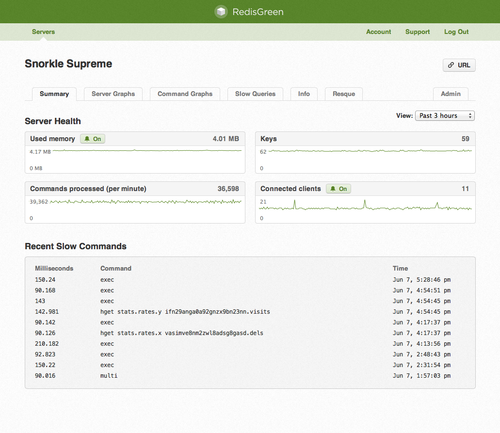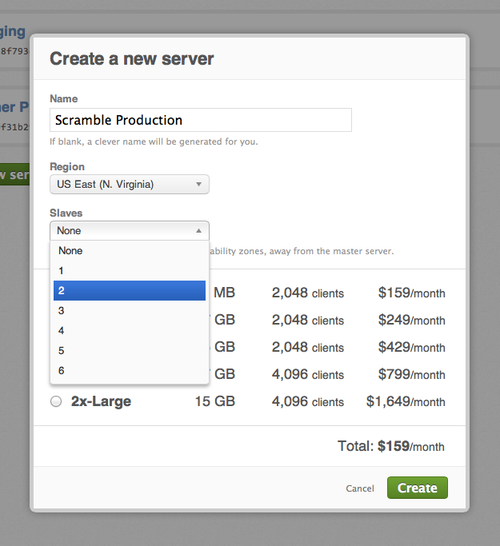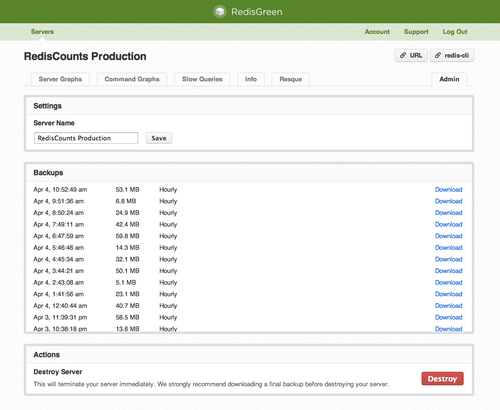Update
We just finished replacing the guts of our entire stats system with a new tool we’re calling Red. We built Red from scratch using Go to be more precise and to be more resilient in the face of network failures than our previous system.
Red was also built to scale. Our previous system was built in Ruby and required multiple servers to run smoothly. Red, in contrast, can run on on a single server and uses barely any CPU or memory. Needless to say, we’re big fans of Go, especially for systems programming.
Red also includes a few changes to the way we record stats:
- Stats-recording Redis connections are how held open instead of being created and closed every minute.
- If you are using multiple databases on a Redis instance, the “Keys” and “Expiration” graphs now include the values across all of your databases. For example, if you have 1 key in db0 and 5 million keys in db1, your Keys graph will now display 5,000,001 instead of 1.



